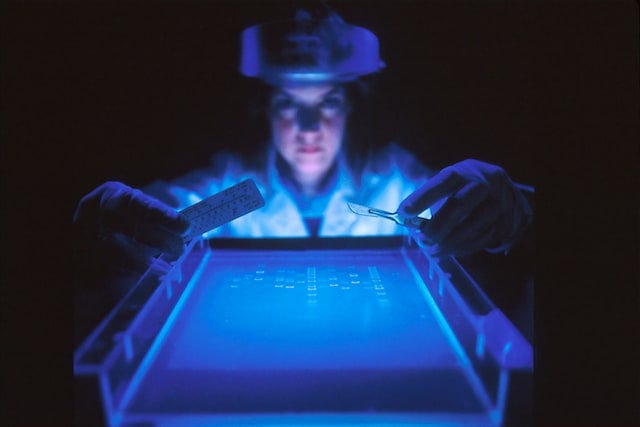The Role of Vendor-Neutral Archival in PACS and Radiology Image Processing

Picture Archiving and Communication Systems (PACS) have revolutionized the way medical imaging is stored, accessed, and shared. PACS allows healthcare providers to store and retrieve vast amounts of patient data efficiently. However, one of the challenges faced by healthcare facilities is the interoperability of data from different imaging modalities and vendors. This is where Vendor-Neutral Archival (VNA) plays a crucial role. In this article, we will explore the significance of Vendor-Neutral Archival in PACS and radiology image processing.
Understanding Vendor-Neutral Archival (VNA)
Vendor-Neutral Archival is an approach that aims to provide a standardized, interoperable platform for storing and managing medical images and related data. Unlike traditional PACS solutions, which are often proprietary and tied to specific vendors or imaging modalities, VNA allows healthcare facilities to store images and data in a vendor-agnostic format. This means that regardless of the imaging device or vendor used, medical images and associated information can be stored, accessed, and shared consistently.
Enhancing Interoperability
One of the primary advantages of VNA is its ability to enhance interoperability within the healthcare enterprise. With VNA, healthcare facilities can consolidate images and data from various PACS systems, imaging modalities, and vendors into a single archive. This eliminates the need for maintaining multiple archives and facilitates seamless sharing of patient information across different departments, specialties, and healthcare facilities. It ensures that physicians and radiologists can access the complete imaging history of a patient, regardless of the origin of the images.
Future-Proofing and Scalability
Vendor-Neutral Archival also offers future-proofing benefits. As technology evolves, imaging modalities are upgraded or replaced. With a vendor-agnostic VNA, healthcare facilities can adapt to these changes more easily. They are not locked into a specific vendor’s proprietary format, reducing the risk of data migration challenges and obsolescence. This flexibility enables healthcare organizations to scale their imaging capabilities and infrastructure without being limited by compatibility issues.
Streamlined Workflow and Cost Efficiency
By implementing VNA, healthcare providers can streamline their workflow and achieve cost efficiencies. With a centralized archive, radiologists and clinicians can access and review images from a single location, regardless of their source. This eliminates the need to search and retrieve images from different systems, saving time and reducing the potential for errors. Additionally, VNA eliminates the need for expensive data migration processes when transitioning between PACS systems or vendors, reducing overall costs and improving resource utilization.
Standardization and Data Integrity
Standardization is a key aspect of VNA implementation. By adhering to established industry standards, such as Digital Imaging and Communications in Medicine (DICOM), VNA ensures data integrity and consistency. Standardization allows for the exchange of images and data between different systems without loss or corruption, making it easier for healthcare facilities to collaborate and share information securely.
To summarize, Vendor-Neutral Archival is a critical component in modern PACS and radiology image processing. By providing a vendor-agnostic platform, VNA enhances interoperability, future-proofs imaging infrastructure, streamlines workflow, and improves cost efficiency. It allows healthcare facilities to consolidate imaging data from various sources, providing a comprehensive view of a patient’s imaging history. Standardization and data integrity are ensured through adherence to industry standards. As medical imaging continues to evolve, VNA will play a vital role in facilitating seamless communication, collaboration, and the delivery of quality patient care in radiology and beyond.


Author –Ragesh R
IT professional specialized in healthcare technologies with over two decades of experience. He also has a fondness for photography, traveling, designing, painting, and sharing knowledge.





